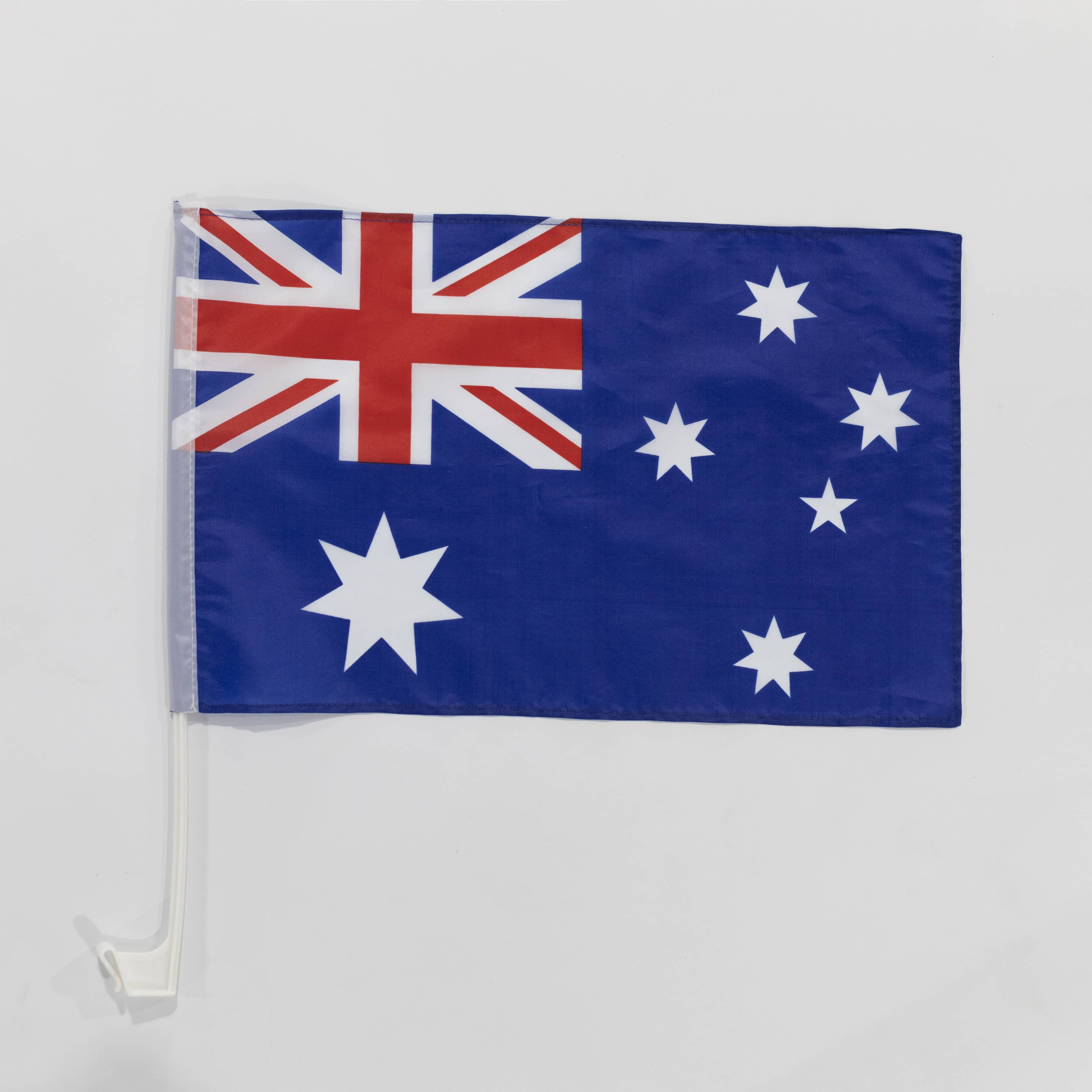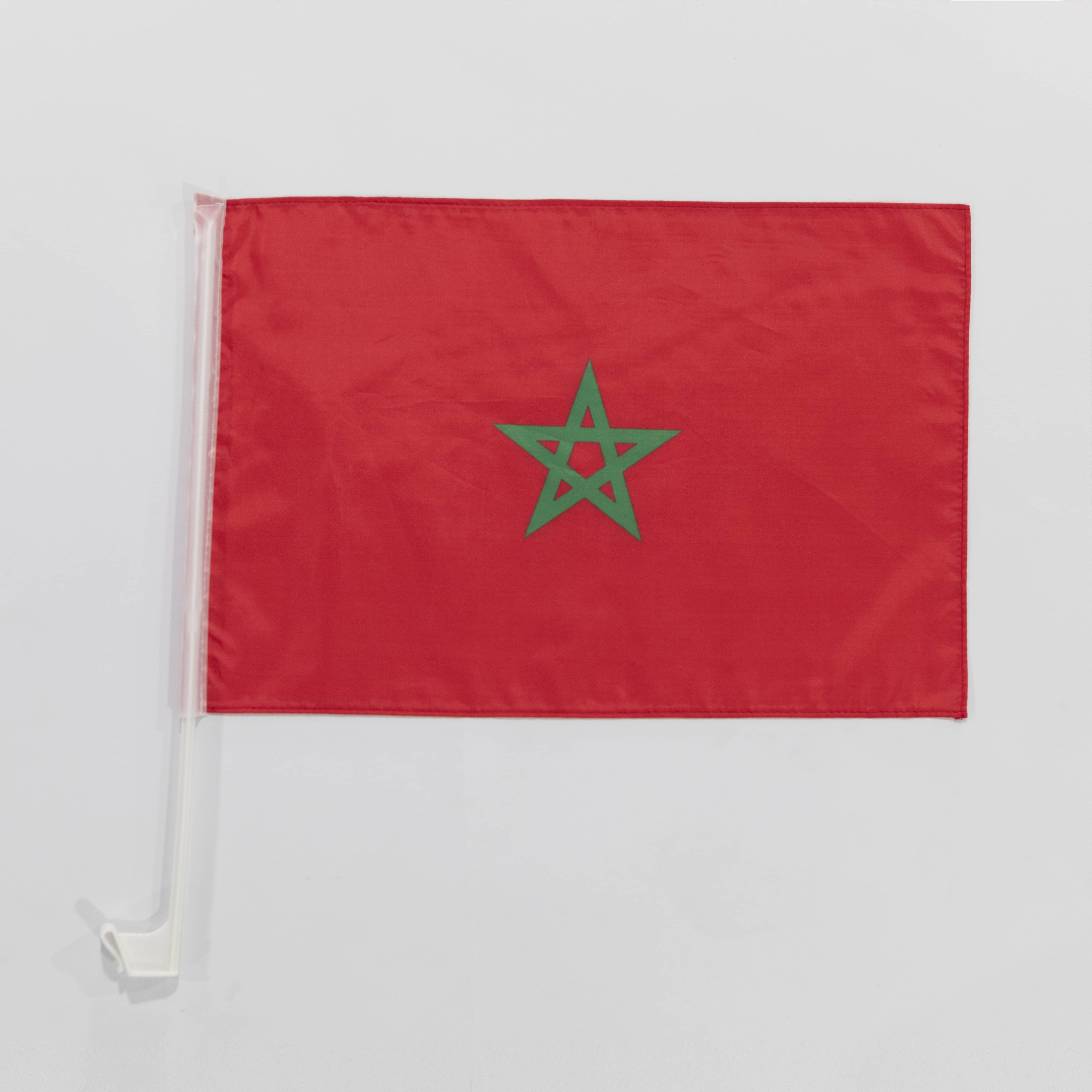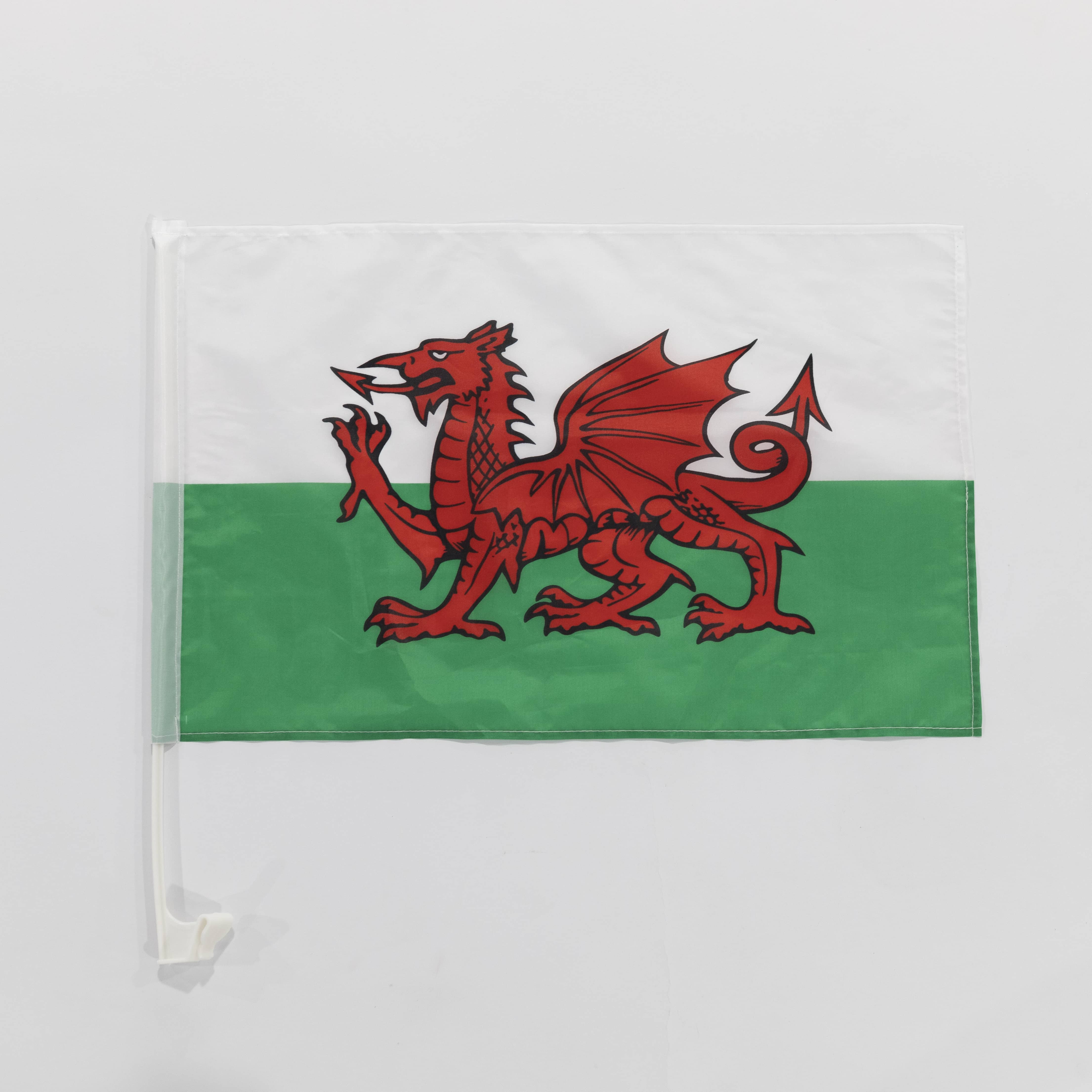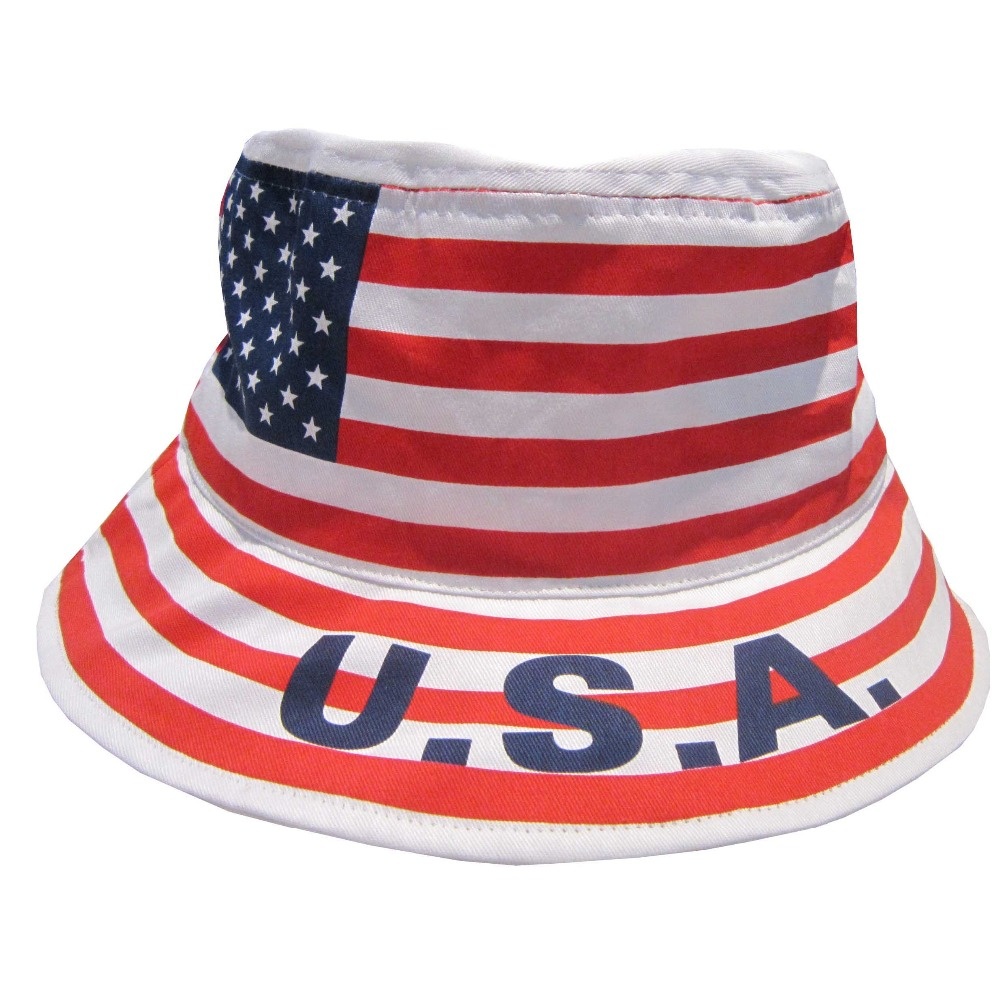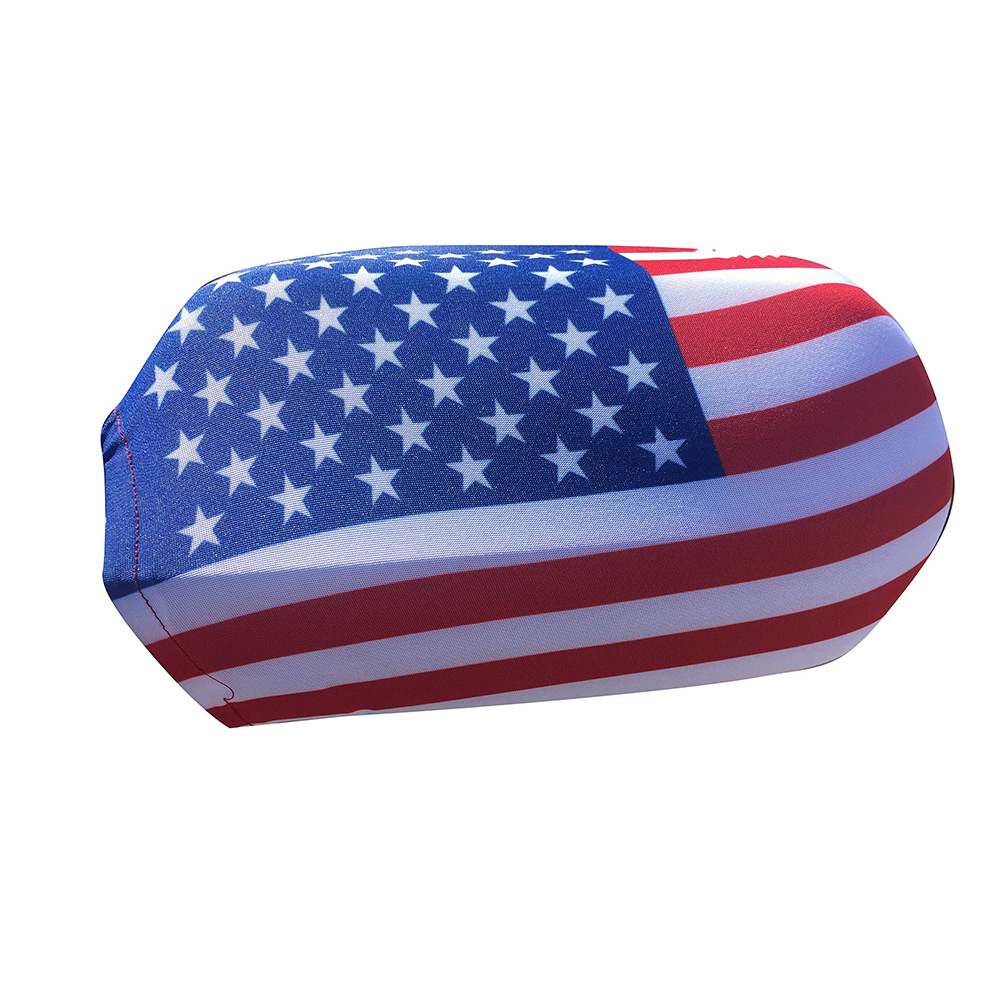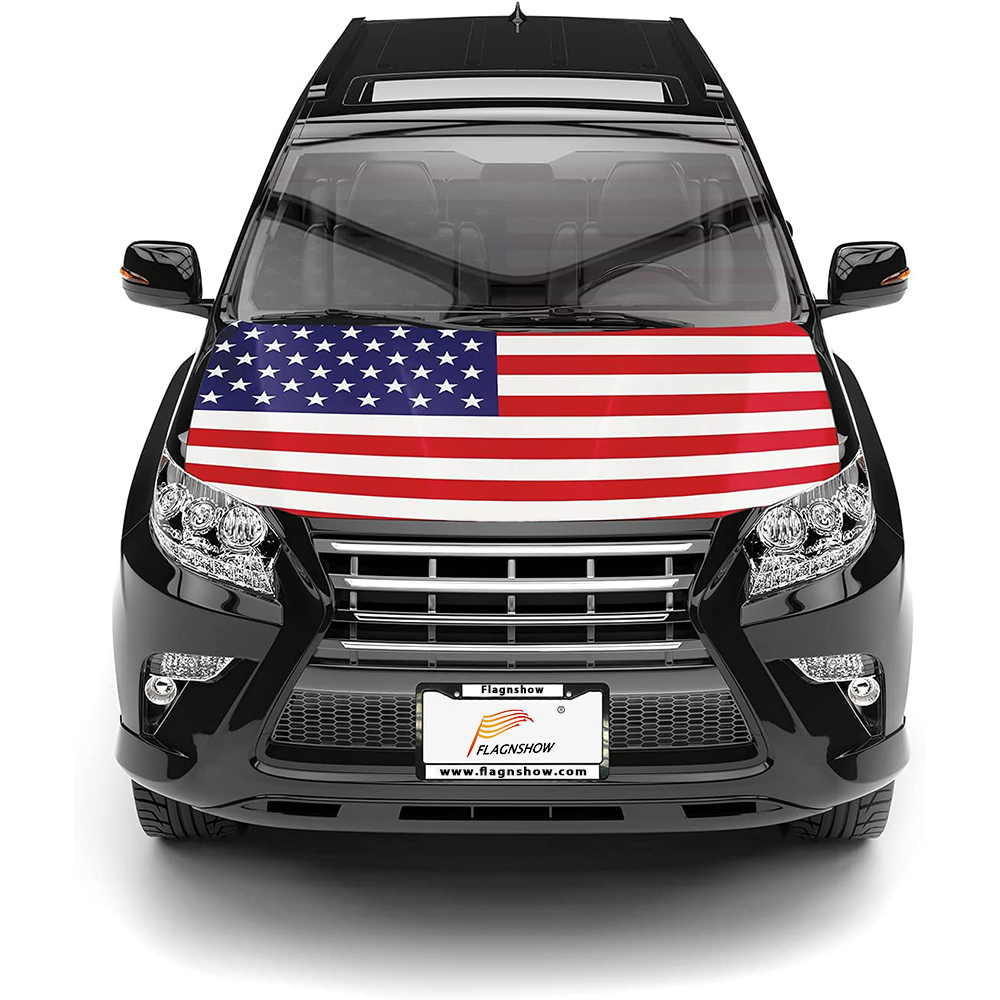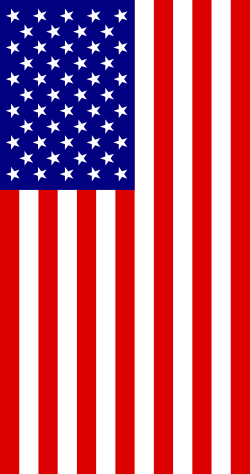USA Flags
America
UNITED STATES / AMERICA
"The Star-Spangled Banner" opened on July 4, 1960
-------------------------------------------------------------------------------
National flag commentary
There are fifty stars in the upper left corner, representing that the United States now has fifty states; the red and white horizontal bar has thirteen, representing that the United States originally had thirteen states. Red symbolizes strength and courage, blue symbolizes vigilance and perseverance, and white symbolizes justice and purity.
-------------------------------------------------------------------------------
Origin of the flag
1776: Great Confederate flag

The United States was a British colony before independence, called "the thirteen states of North America". Since January 2, 1776, a flag of the United Kingdom with thirteen red and white stripes has been used, called "The Grand Commonwealth Flag". Union Flag), which continued to be used after the independence of the country was established on July 4.
1777: The first Stars and Stripes

At the Continental Congress on June 14, 1777, the first "Stars and Stripes" was published, replacing the British flag in the upper left corner of the original flag with a blue background and thirteen five-pointed white stars, with stars and stripes representing the number of states. Later, June 14 became "Flag Day" in the United States, commemorating the birth of the national flag.
1795: The stars and stripes change with the number of states
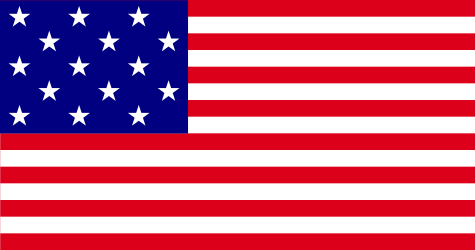
In 1795, two states were added, and the number of stars and bars was increased to fifteen.
1818: The number returns to thirteen
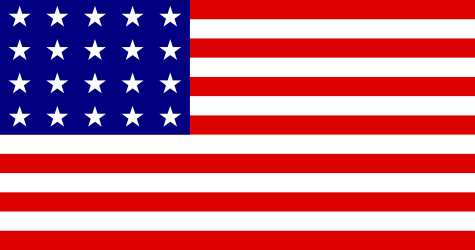
Five states were added in 1818, and the number of stars and strips should have been increased to twenty, but the stripes were too thin and unattractive, so Admiral Samuel Chester Reid's It is proposed to change the stripes back to the original thirteen forever, to commemorate the original thirteen states, leaving the stars to change according to the number of existing states. Since then, the number of stripes has been fixed, and only the number of stars has been changed, increasing all the way to fifty stars today.
-------------------------------------------------------------
nickname for the flag
In addition to "Stars and Stripes", the other name of the American flag is also known as "Citi" in the Chinese-speaking world, because it is more fancy than the flags of other countries; the United States was also called "Citiland" for this reason. Citibank and Citi Ginseng are also named after it. In today's Vietnamese language, the American flag is still referred to as the "Citizen of the United States".
-------------------------------------------------------------
designer of the flag
Legend has it that the American flag was designed by seamstress Betsy Ross. In 1776, Washington visited Ross with a flag design with a six-pointed star. After seeing it, Ross changed the six-pointed star to a five-pointed star and sewed the first Stars and Stripes. But the more credible version was devised by Francis Hopkinson, the representative of New Jersey in the Continental Congress and one of the signatories of the Declaration of Independence. Ross's version of the flag with stars arranged in a circle seems to be more popular, but the scattered version of Hopkinson's stars is more correct.
Betsy Ross version
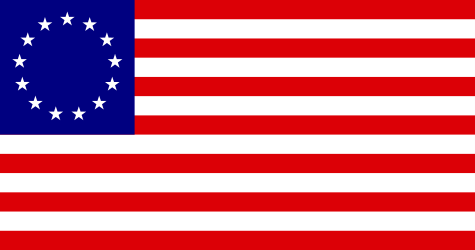
Francis Hopkinson version
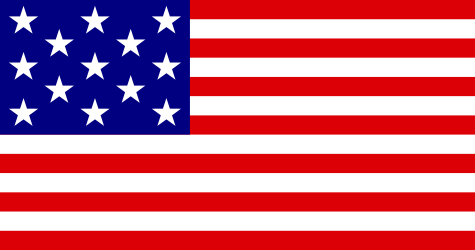
---------------------------------------------------
Features
The American flag is the flag with the most stars (50 stars, and the only flag with more than 30 stars). (The second most is the Brazilian flag)
The American flag is the most modified flag (twenty-six).
----------------------------------------------
straight hanging
---------------------------------------------
Influence
The American flag is the first national flag in the world with the theme of the number of administrative regions of a country, which has influenced many later countries to incorporate the number of administrative regions into their flag designs. In addition to this relatively neutral design orientation, it also seems to imply the meaning of solidarity and taking care of all citizens, which is loved by many countries.

